Adenosine-2'-monophosphate
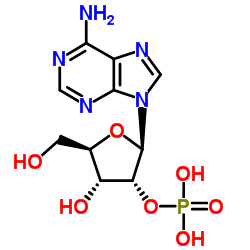
Adenosine-2'-monophosphate structure
|
Common Name | Adenosine-2'-monophosphate | ||
|---|---|---|---|---|
| CAS Number | 130-49-4 | Molecular Weight | 347.221 | |
| Density | 2.3±0.1 g/cm3 | Boiling Point | 815.5±75.0 °C at 760 mmHg | |
| Molecular Formula | C10H14N5O7P | Melting Point | N/A | |
| MSDS | USA | Flash Point | 447.0±37.1 °C | |
Use of Adenosine-2'-monophosphateAdenosine-2'-monophosphate (2'-AMP) is converted by extracellular 2’,3'-CAMP. Adenosine-2'-monophosphate is further metabolized to extracellular adenosine (a mechanism called the extracellular 2’,3’-cAMP-adenosine pathway). Adenosine-2'-monophosphate inhibits LPS-induced TNF-α and CXCL10 production via A2A receptor activation[1][2]. |
| Name | adenosine 2'-phosphate |
|---|---|
| Synonym | More Synonyms |
| Description | Adenosine-2'-monophosphate (2'-AMP) is converted by extracellular 2’,3'-CAMP. Adenosine-2'-monophosphate is further metabolized to extracellular adenosine (a mechanism called the extracellular 2’,3’-cAMP-adenosine pathway). Adenosine-2'-monophosphate inhibits LPS-induced TNF-α and CXCL10 production via A2A receptor activation[1][2]. |
|---|---|
| Related Catalog | |
| Target |
Human Endogenous Metabolite A2A adenosine receptor A2B adenosine receptor |
| In Vitro | Adenosine-2'-monophosphate (2'-AMP) (0-100 µM; daily for 4 days) inhibits proliferation of preglomerular vascular smooth muscle cells and glomerular mesangial cells via A2B receptors[1]. Adenosine-2'-monophosphate (30 μM; 24 hours) inhibits LPS induced (100 ng/ml) TNF-α and CXCL10 production in primary murine microglia[1]. |
| References |
| Density | 2.3±0.1 g/cm3 |
|---|---|
| Boiling Point | 815.5±75.0 °C at 760 mmHg |
| Molecular Formula | C10H14N5O7P |
| Molecular Weight | 347.221 |
| Flash Point | 447.0±37.1 °C |
| Exact Mass | 347.063080 |
| PSA | 195.88000 |
| LogP | -1.74 |
| Vapour Pressure | 0.0±3.1 mmHg at 25°C |
| Index of Refraction | 1.905 |
| Storage condition | −20°C |
CHEMICAL IDENTIFICATION
HEALTH HAZARD DATAACUTE TOXICITY DATA
|
| RIDADR | NONH for all modes of transport |
|---|---|
| WGK Germany | 3 |
| RTECS | AU7480300 |
| Precursor 8 | |
|---|---|
| DownStream 8 | |
|
The RimL transacetylase provides resistance to translation inhibitor microcin C.
J. Bacteriol. 196(19) , 3377-85, (2014) Peptide-nucleotide antibiotic microcin C (McC) is produced by some Escherichia coli strains. Inside a sensitive cell, McC is processed, releasing a nonhydrolyzable analog of aspartyl-adenylate, which ... |
|
|
Aprataxin resolves adenylated RNA-DNA junctions to maintain genome integrity.
Nature 506(7486) , 111-5, (2014) Faithful maintenance and propagation of eukaryotic genomes is ensured by three-step DNA ligation reactions used by ATP-dependent DNA ligases. Paradoxically, when DNA ligases encounter nicked DNA struc... |
|
|
Eukaryotic elongation factor 2 kinase regulates the cold stress response by slowing translation elongation.
Biochem. J. 465(2) , 227-38, (2015) Cells respond to external stress conditions by controlling gene expression, a process which occurs rapidly via post-transcriptional regulation at the level of protein synthesis. Global control of tran... |
| Adenosine Monophosphate Hydrate (2'- and 3'- mixture) from Yeast |
| MFCD00151215 |
| Adenosine 2'-monophosphate |
| Adenylic Acid Hydrate (2'- and 3'- mixture) from Yeast |
| Methionyl adenylate |
| adenosine 2'-monophosphoric acid |
| Adenosine 2'(3')-monophosphate mixed isomers |
| Adenosine 2'-phosphate |
| 2'(3')-AMP Hydrate (2'- and 3'- mixture) from Yeast |
| Methioninyl adenylate |
| 2'-Adenylic acid |
| EINECS 204-990-7 |
| L-METHIONYL ADENYLATE |
| 2'-adenosine monophosphate |
 CAS#:634-01-5
CAS#:634-01-5 CAS#:2391-46-0
CAS#:2391-46-0 CAS#:34051-17-7
CAS#:34051-17-7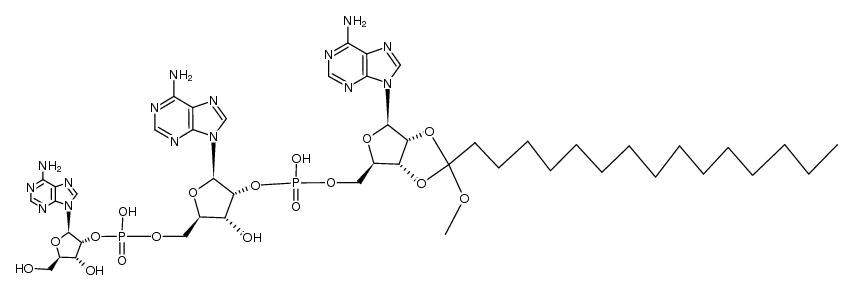 CAS#:121768-18-1
CAS#:121768-18-1![[5-(4-amino-2-oxo-pyrimidin-1-yl)-3,4-dihydroxy-oxolan-2-yl]methoxy-[5-(6-aminopurin-9-yl)-4-hydroxy-2-(hydroxymethyl)oxolan-3-yl]oxy-phosphinic acid Structure](https://image.chemsrc.com/caspic/177/4833-63-0.png) CAS#:4833-63-0
CAS#:4833-63-0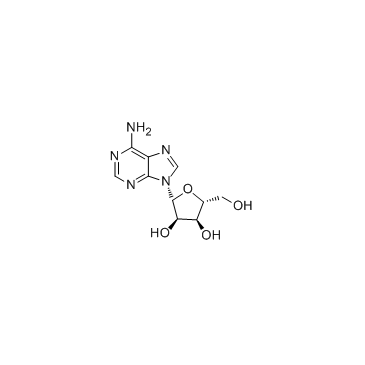 CAS#:58-61-7
CAS#:58-61-7![[5-(2-amino-6-oxo-3H-purin-9-yl)-3,4-dihydroxy-oxolan-2-yl]methoxy-[5-(6-aminopurin-9-yl)-4-hydroxy-2-(hydroxymethyl)oxolan-3-yl]oxy-phosphinic acid Structure](https://image.chemsrc.com/caspic/314/3352-23-6.png) CAS#:3352-23-6
CAS#:3352-23-6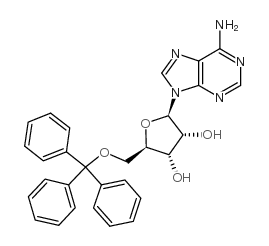 CAS#:18048-85-6
CAS#:18048-85-6 CAS#:36468-53-8
CAS#:36468-53-8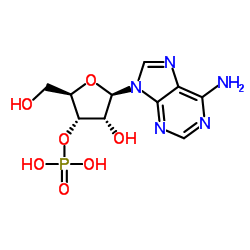 CAS#:84-21-9
CAS#:84-21-9 CAS#:66224-66-6
CAS#:66224-66-6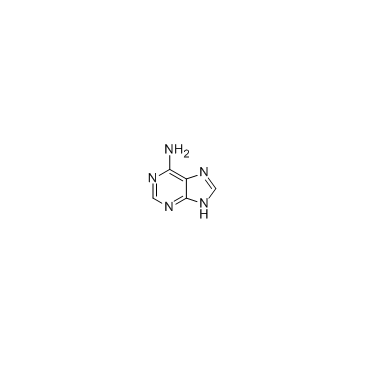 CAS#:73-24-5
CAS#:73-24-5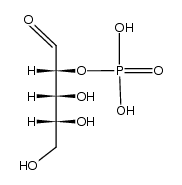 CAS#:293304-89-9
CAS#:293304-89-9 CAS#:81158-47-6
CAS#:81158-47-6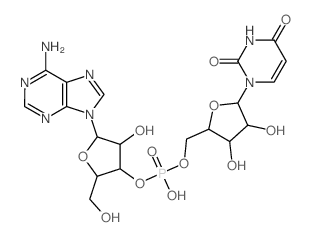 CAS#:3051-84-1
CAS#:3051-84-1